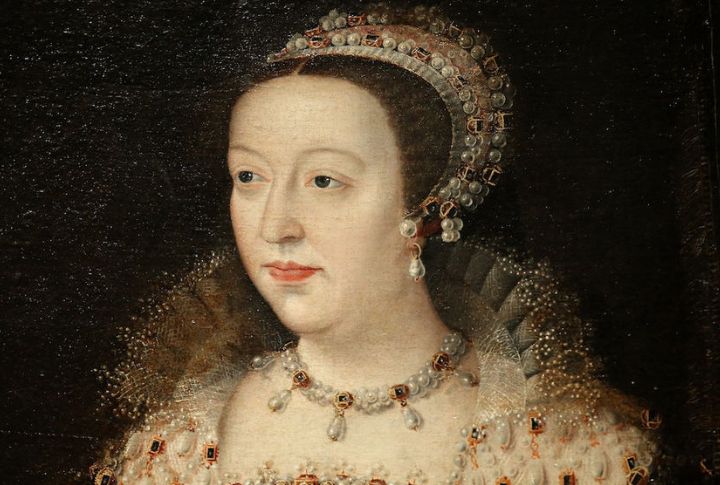
When authority came knocking, they took control without hesitation. These rulers didn’t aim to please; they aimed to lead. Fear followed some, admiration followed others—but none ruled lightly. This list explores the stories of women who turned authority into something lasting, difficult, and unforgettable.
Wu Zetian

Wu Zetian became China’s only female emperor by crushing opposition and reshaping the government to serve her ambitions. She installed secret police to root out enemies and ordered scholars to rewrite the official record. Even while ruling with force, she opened doors to education and civil service reforms.
Isabella I
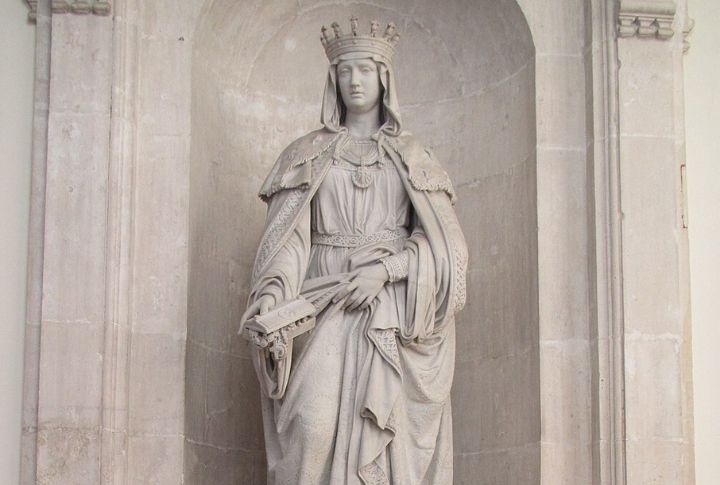
Spain’s religious outlook changed under a monarch who ruled with unwavering conviction. Isabella I enforced the Spanish Inquisition, expelled non-converting Jews and Muslims, and restructured royal authority. She also backed Columbus’s 1492 voyage, aligning faith with exploration as a way to expand both power and influence abroad.
Queen Ranavalona I

Ranavalona I ruled Madagascar without foreign interference for 33 years. She enforced deadly trials to stamp out religious conversion and even expelled missionaries. She also halted trade as she believed that self-sufficiency would protect her people, but the strict isolation weakened the nation and caused deep suffering under her rule.
Empress Irene Of Byzantium

To remove any threat to her reign, a mother turned on her own son. Empress Irene had blinded her own son to take full control of the Byzantine Empire for herself and governed amid constant unrest. Though she supported religious icons, she is better remembered for crossing every line to retain control.
Catherine De’ Medici

Catherine De’ Medici secured her family’s power by sanctioning the St. Bartholomew’s Day Massacre, which claimed thousands of Protestant lives. As queen mother, she influenced the monarchy from behind the scenes. She staged elaborate court events and relied on secret networks to guard her dynasty from collapse.
Empress Dowager Cixi
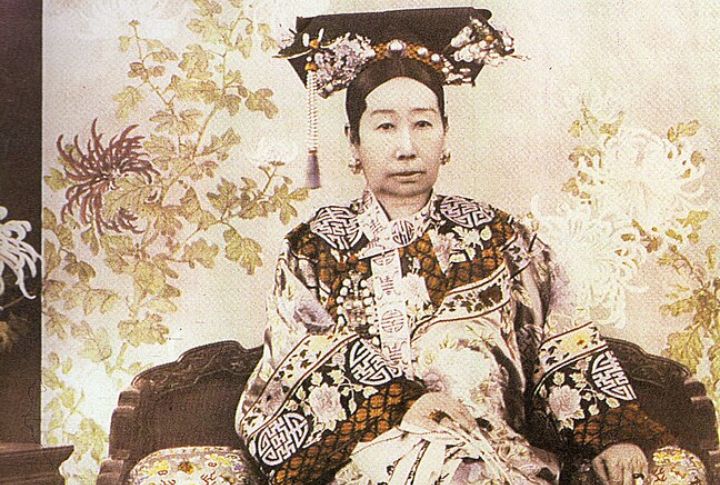
She ruled from the shadows, commanding the Qing court with calculated precision. Reform efforts were stalled when she removed her nephew, who pushed for modernization she found risky. Empress Dowager Cixi redirected imperial funds to grand palaces before eventually embracing change under the weight of imperial decline.
Olga Of Kiev

Revenge defined the early rule of Kievan Rus’ first female leader. Olga of Kiev responded to her husband’s murder with calculated violence and tricked the Drevlians into a massacre disguised as peace. She later embraced Christianity and used her position to push religious change across the region.
Mary I Of England
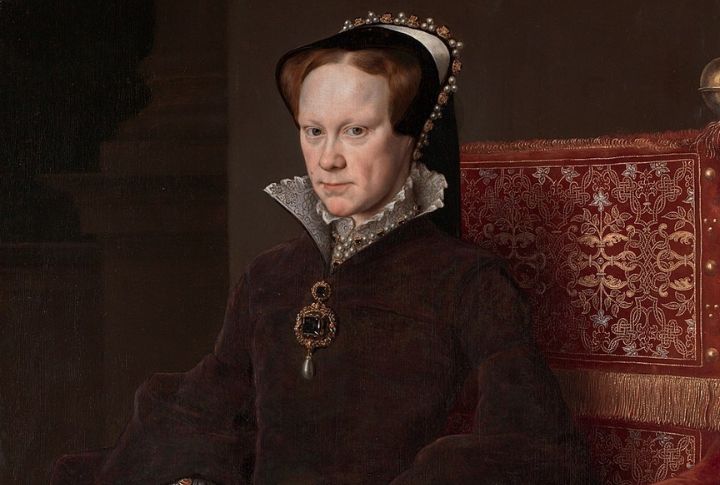
Mary I became England’s first ruling queen and set out to return the nation to Catholicism after her father Henry VIII’s break from the church. She authorized the execution of more than 280 Protestants and aligned with Spain through marriage. Though her rule was marked by unrest, it laid the foundation for a new religious balance.
Cleopatra VII

With Egypt’s throne constantly under threat, political survival came first. Cleopatra VII eliminated rivals within her family and built strategic ties with Caesar and Antony. Known for intellect and performance, she famously presented herself to Caesar in a rolled-up carpet and left behind a legacy clouded in drama.
Irina Godunova
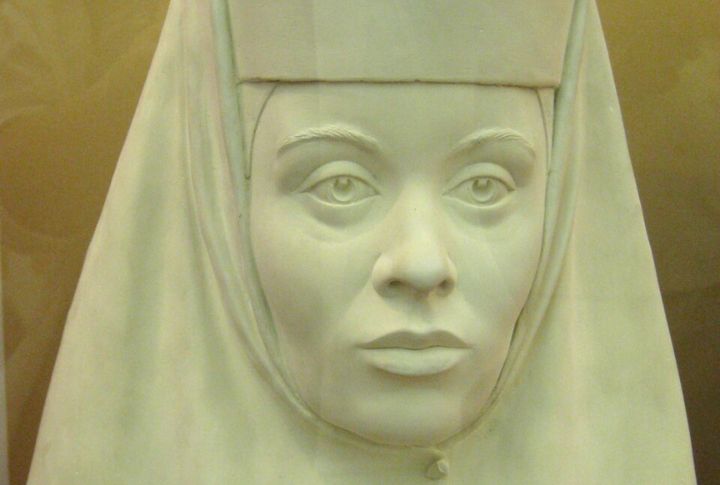
A power vacuum followed the death of Tsar Fyodor I. Irina Godunova, his wife, stepped in as regent, exiled potential threats, and stood firm against remarriage demands. She eventually withdrew to a convent but left behind a fractured court shaped by executions and shifting loyalties in early Romanov Russia.

